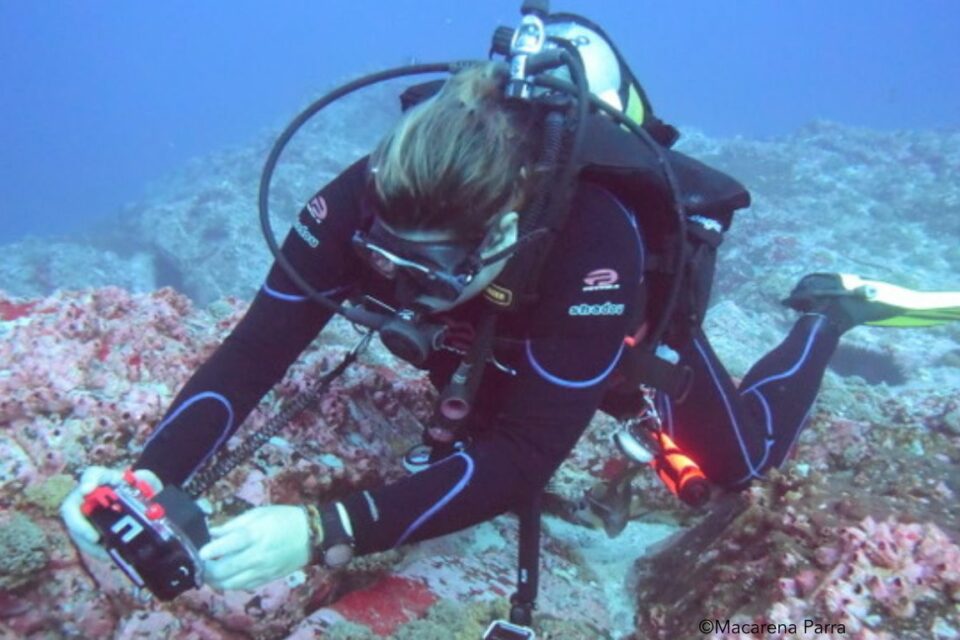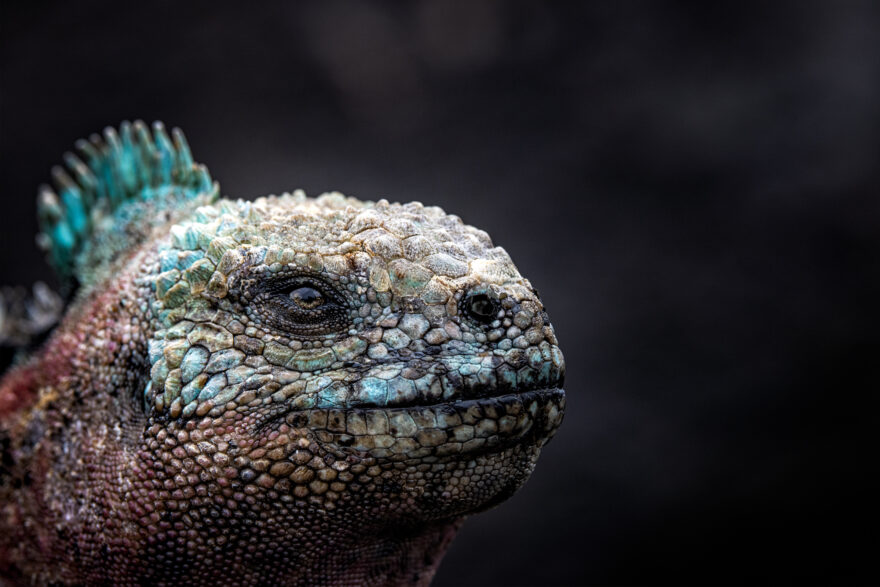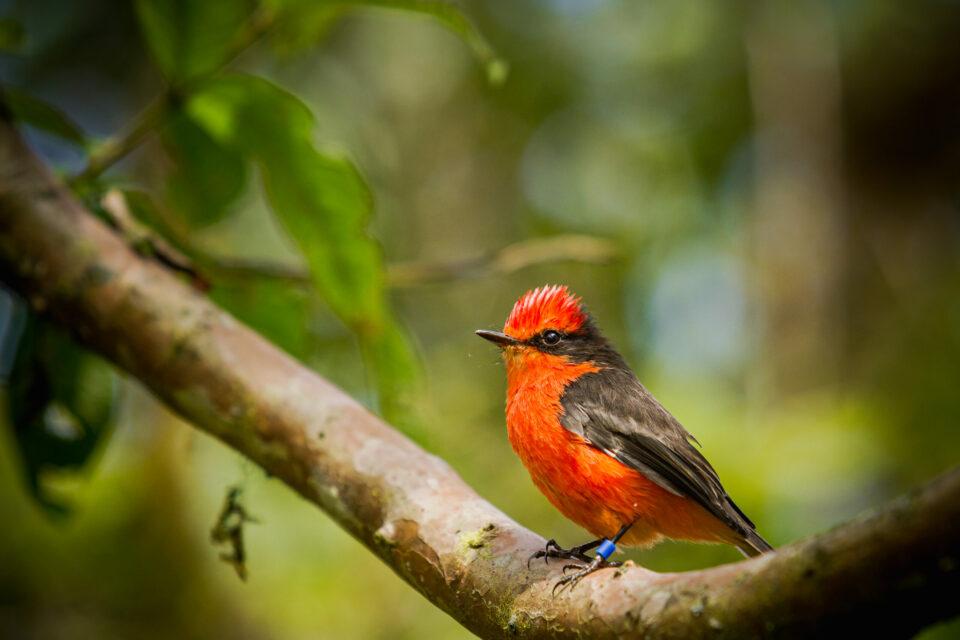

How do we solve the problem of invasive species in Galapagos?
Invasive species are one of the biggest threats facing the Galapagos Islands. But just how big of a problem do they pose and what can we do to protect the native species of Galapagos?
What is an invasive species?
Invasive species are animals, plants, pathogens or fungi that thrive outside their natural range, often causing extensive environmental and economic damage to their new home. There are estimated to be almost 1,500 introduced species in the Galapagos Islands. Some, such as pigs, goats, chickens and cats, were brought to the Islands deliberately to provide food and companionship. Others, including black rats and pathogens, have been unintentionally introduced, hitching a ride on boats, planes and even unsuspecting people.
How do invasive species affect islands like Galapagos?
For island ecosystems home to high levels of endemism, invasive species can have a disastrous impact. Endemic species are found nowhere else on Earth and usually only exist in small numbers, making them vulnerable to extinction. The isolation of the Galapagos Islands has prevented the immigration of new species over time. This means native species that once had few competitors or predators are now struggling to compete against invasive species for limited resources such as food and space.
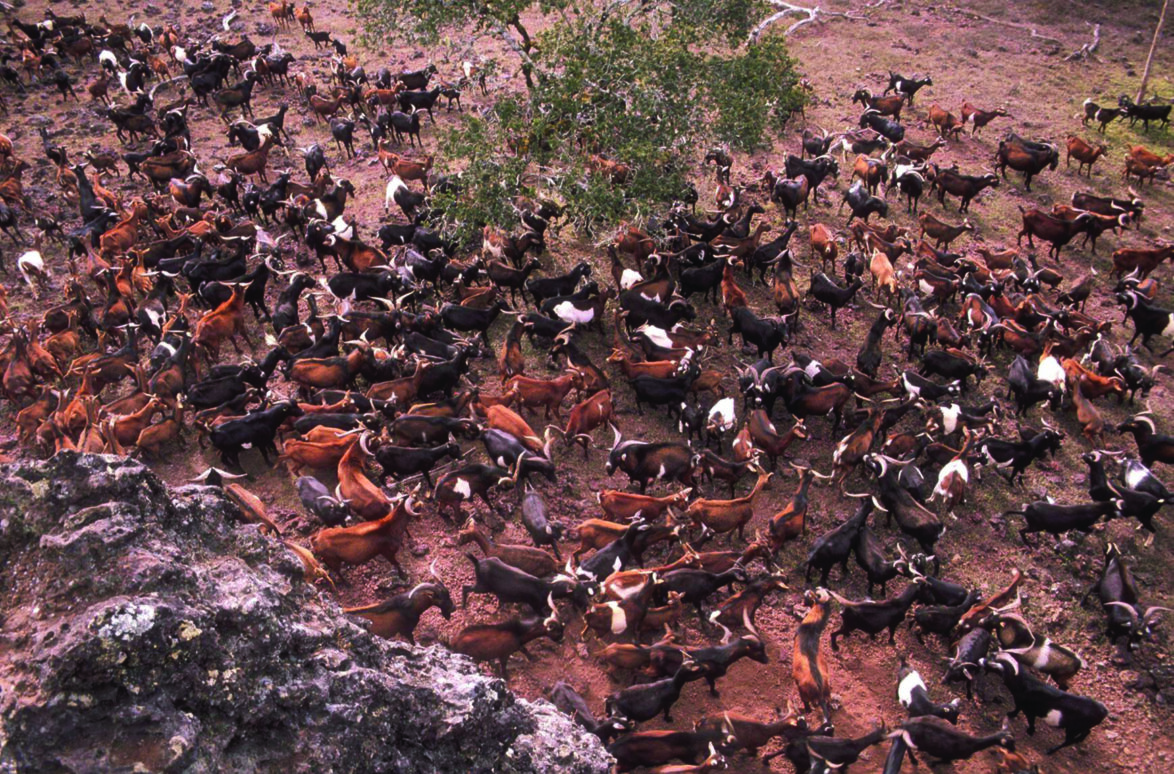
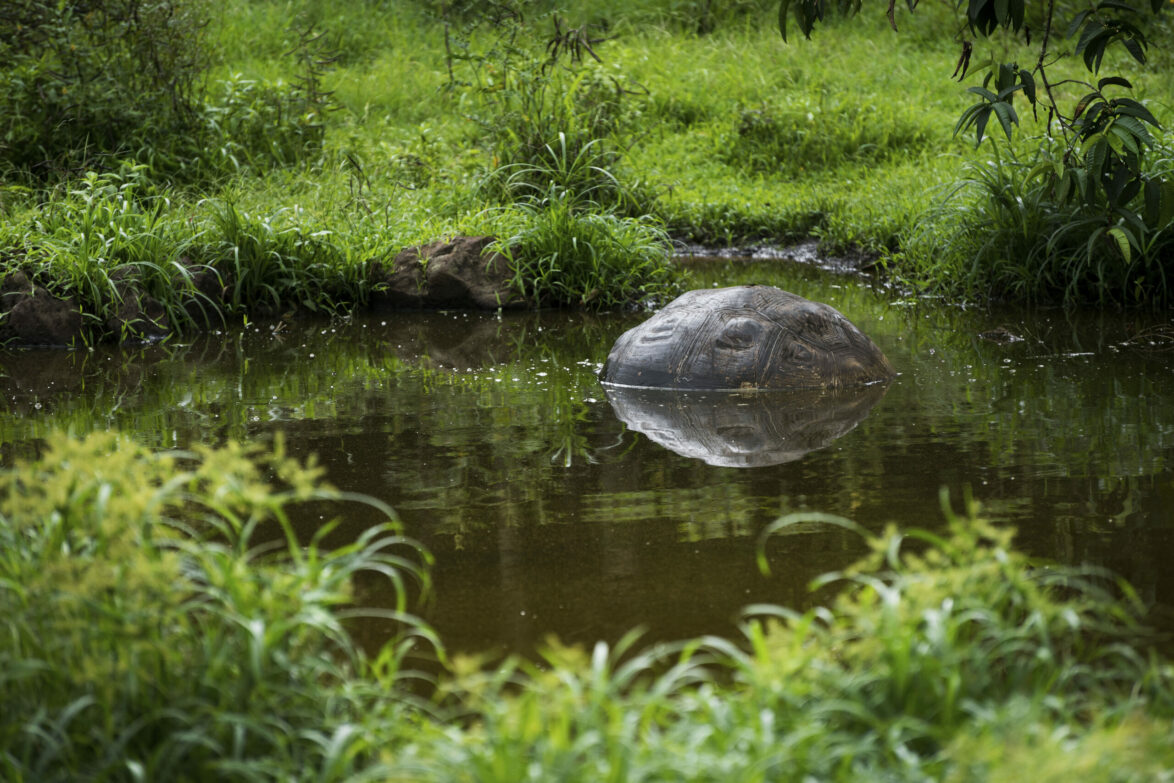
Rewilding Galapagos Appeal
Invasive species, pollution, plastic waste and disease threaten the survival of iconic species like Galapagos giant tortoises and Darwin’s finches. We need your help to rewild the Galapagos Islands so that wildlife thrives alongside people, reducing the human footprint and boosting biodiversity.
The avian vampire fly
One of the invasive species posing the biggest threat to Galapagos wildlife is the parasitic avian vampire fly, Philornis downsi. Native to Trinidad and Brazil, the avian vampire fly was introduced to the Galapagos Islands in the 1960s. Since its introduction, the species has spread to at least 14 islands in the Archipelago, devastating land bird populations, including one of the rarest birds in the world, the Critically Endangered mangrove finch.
The larvae of the species pose the biggest threat, feeding on tiny chicks and the blood of nesting birds, which almost always results in nestling mortality but can also cause deformed beaks, reduced growth rates and anaemia.
Several conservation actions are underway to eliminate the risk of this invasive species to land birds across Galapagos. This has included hand-rearing mangrove finch chicks at the Charles Darwin Research Station and re-releasing them into the wild to give them a head start in life, as well as injecting nests in the wild with insecticide to kill any potential larvae.
Research, led by the Charles Darwin Foundation and supported by GCT, is underway to improve our understanding of the biology of this invasive species, which will help scientists develop effective control plans to minimise its impact on Galapagos land birds.
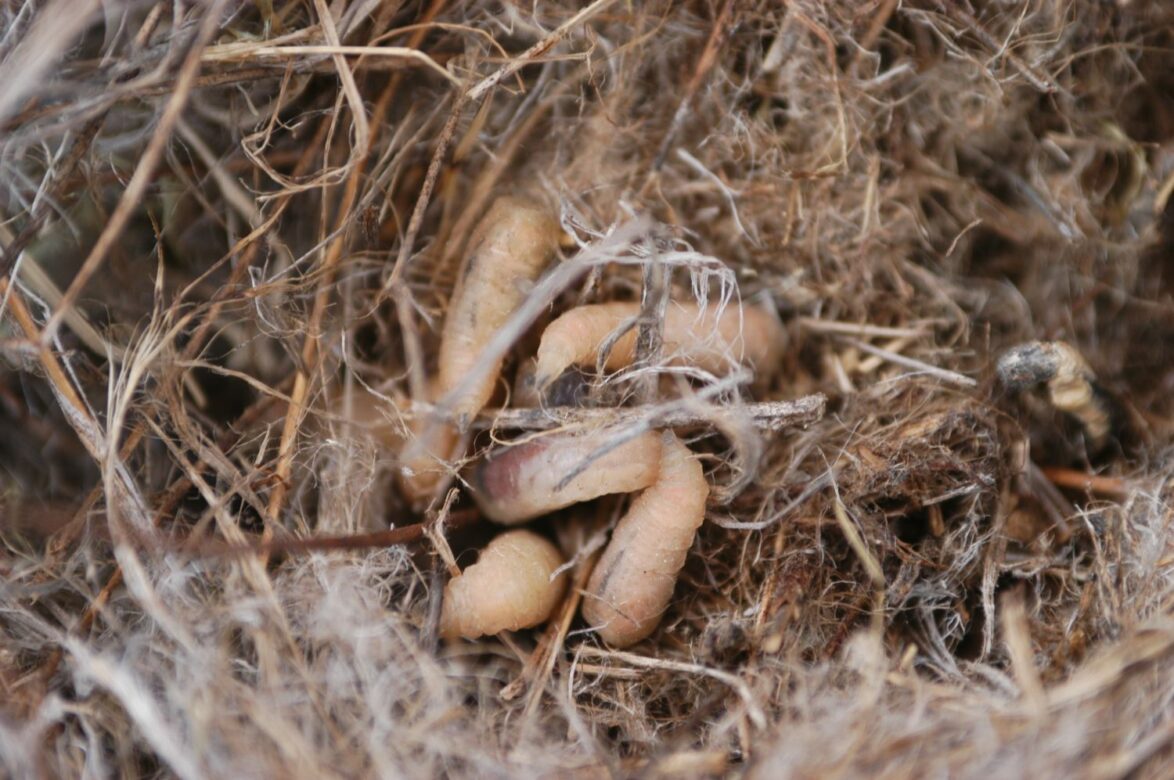
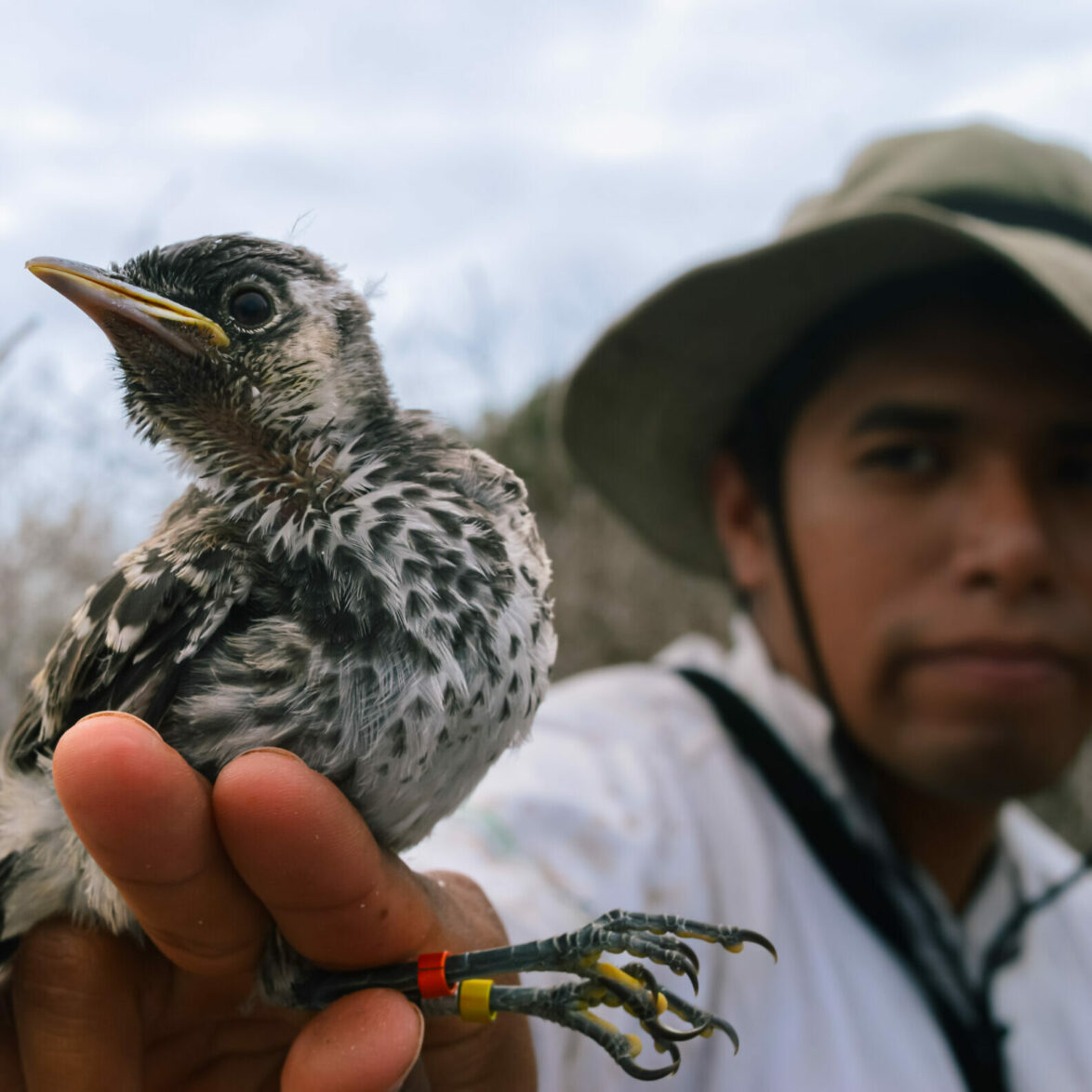
Saving the mangrove finch
We are working to protect one of the rarest birds on earth, the Critically Endangered mangrove finch, which is threatened with extinction by habitat loss and invasive species.
Black rats
Stowed away in the holds of pirate and trade ships, black rats reached the Galapagos Islands in the 17th century and quickly spread across the Archipelago, leaving a wave of destruction in their wake.
Due to the lack of native predators on the Islands, many bird species are ground nesting, resulting in eggs and young hatchlings providing an easy meal for rats. Sadly, egg predation by rats is also common amongst reptiles, including giant tortoises, the Islands’ most famous resident. On Pinzon island, giant tortoises were nearly driven to extinction after no new tortoise hatchlings had been sighted on the island for more than a century. In 2007, scientists set up Project Pinzon to rid Pinzon and the neighbouring islands of North Seymour and Rabida of rats by dropping poisoned rat bait from helicopters. The project was a huge success, with all three islands now rat-free. In December 2014, the first new giant tortoise hatchlings were seen on Pinzon in over a hundred years.
The project was so successful that its methods are now being used in one of the largest eradication projects ever attempted on an inhabited tropical island. For over a decade, we have supported the Restoring Floreana project, which aims to restore the island’s ecosystems and reintroduce 12 species driven to local extinction by rats, mice and feral cats. In October 2023, the targeted baiting to eradicate invasives began and, by December, had shown positive signs regarding the eradication of mice and rats, allowing scientists to release five species of Darwin’s finch, which had been held safely in captivity during the eradication, back onto the island.
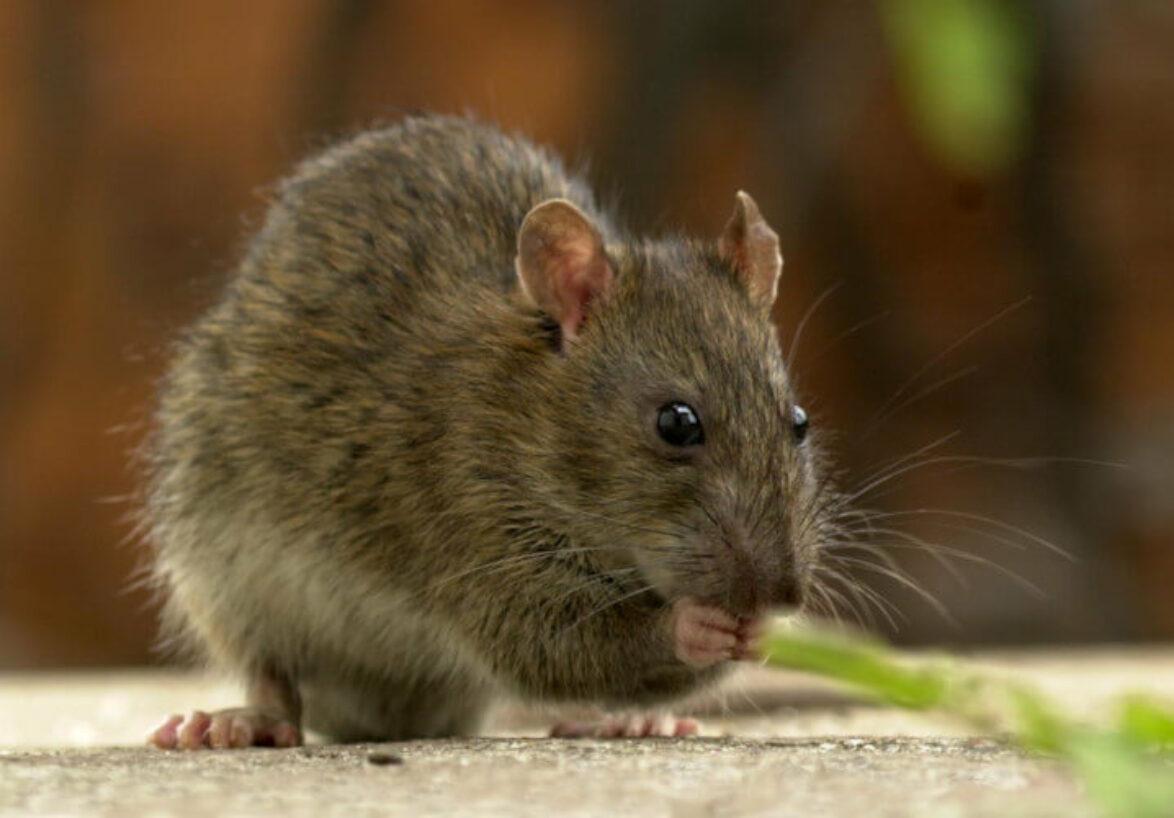
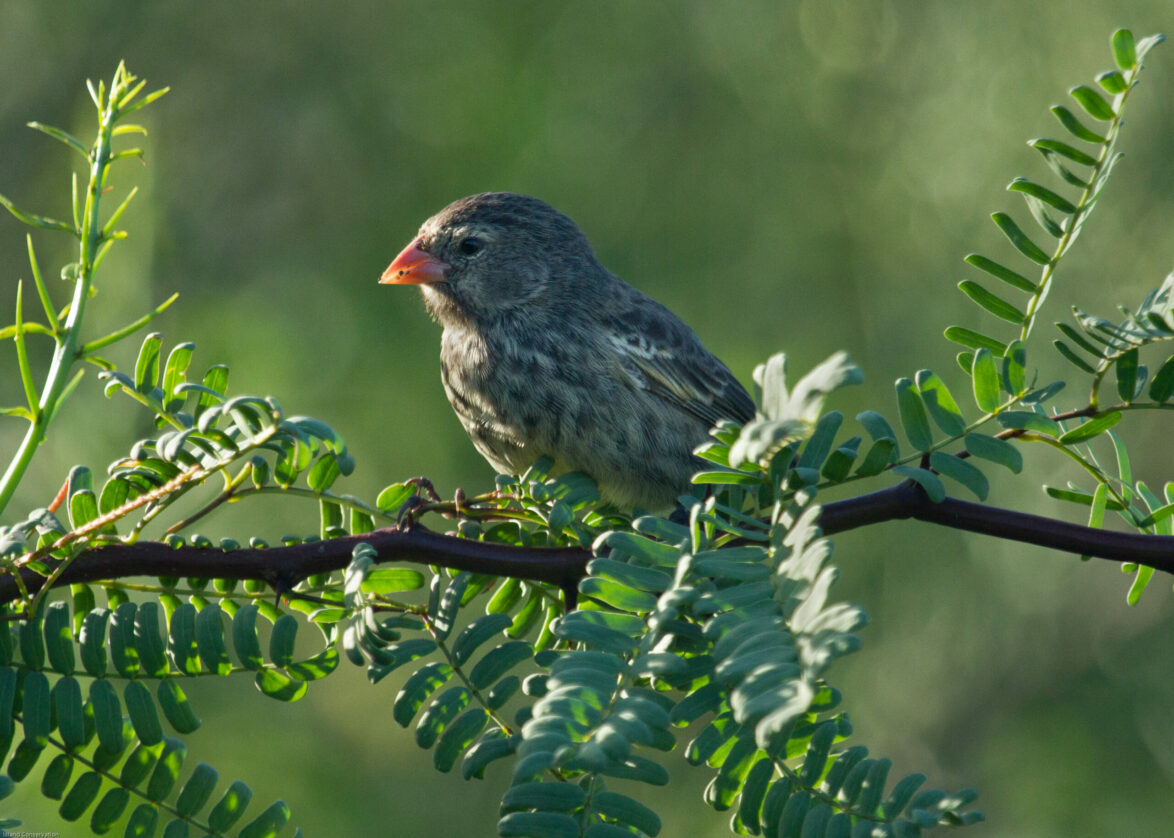
Restoring Floreana
Once home to some of the most iconic wildlife in Galapagos, Floreana has been devastated by invasive species. We are supporting a hugely ambitious project to restore the island to its former glory.
Hill raspberry
Native to southern and eastern Asia, the hill raspberry (Rubus niveus) was first introduced to Galapagos in 1968 for its edible fruit. The plant, known locally as mora, is now found on five islands, including Floreana and Isabela, altering landscapes with its dense spiny thickets that prevent native plants, including the endemic daisy tree (Scalesia), from regenerating and birds such as the little vermilion flycatcher from foraging for food on the ground.
Due to the plant’s exceptionally fast growth rate, controlling its spread and mitigating its impact on wildlife using herbicide and manual labour has proven costly and time-intensive. Scientists are now considering introducing a biocontrol, a living organism that only attacks the invasive species, weakening it and reducing its impact. One option that scientists are looking at is a rust fungus found in the hill raspberry’s native range. Rigorous research will need to be carried out to ensure the biocontrol poses no risk to native species, but if it doesn’t, this could be the long-term solution scientists have been looking for.
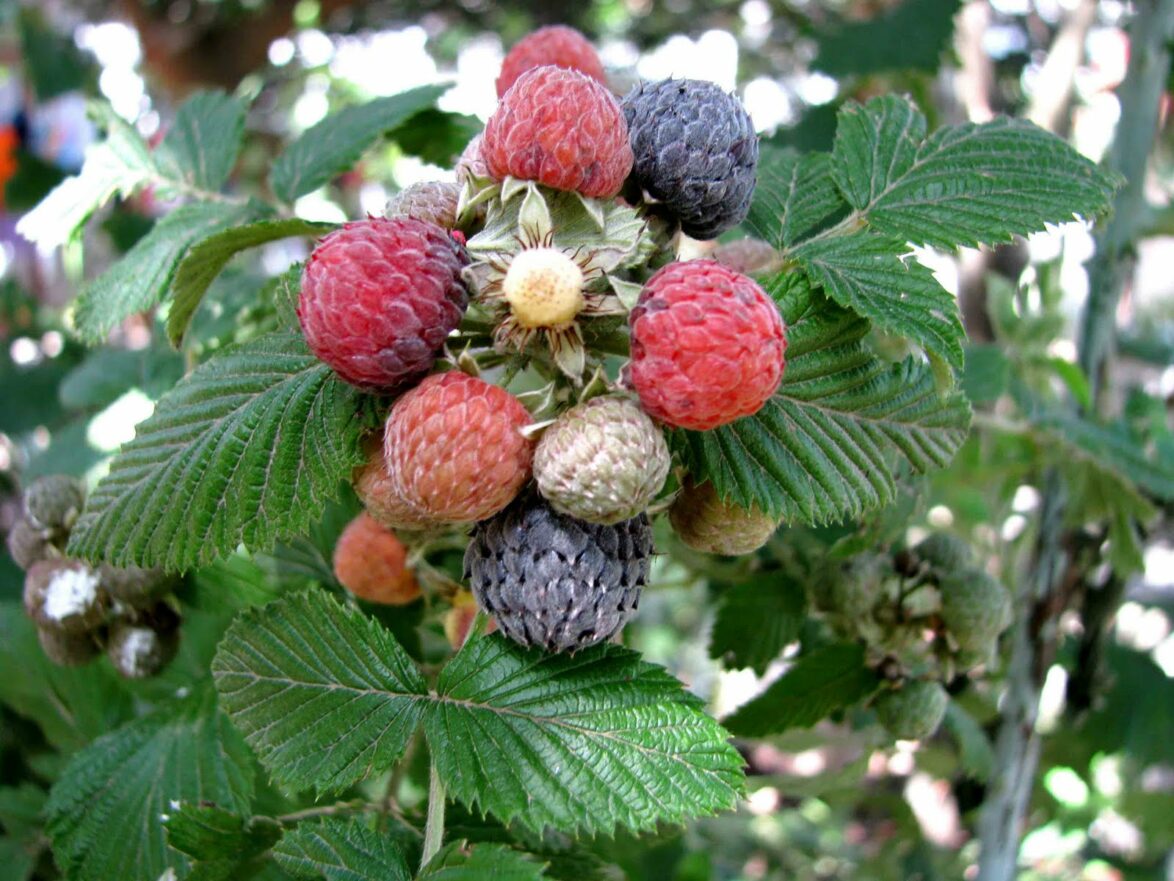
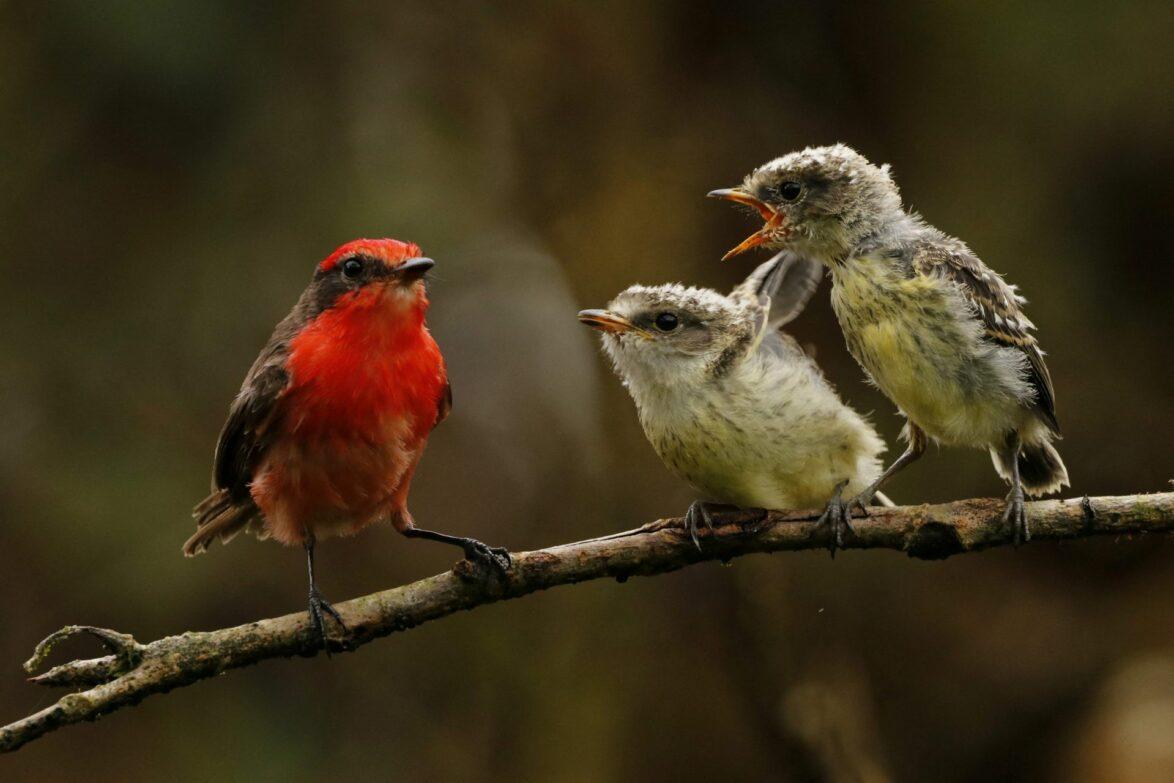
Saving the little vermilion flycatcher
We are working to save the little vermilion flycatcher, one of the most charismatic and colourful birds in Galapagos, from invasive species on Santa Cruz island.
Help the wildlife of Galapagos survive and thrive
There are many ways to support our vision for a sustainable Galapagos: why not adopt an animal, become a GCT member or donate today?
Related articles

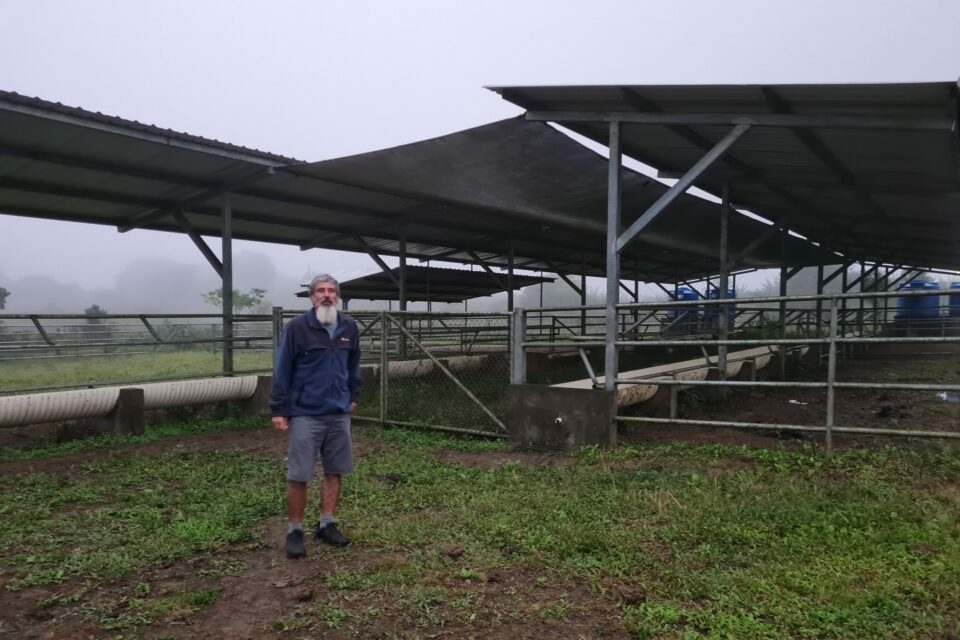
Restoring Floreana: A local perspective
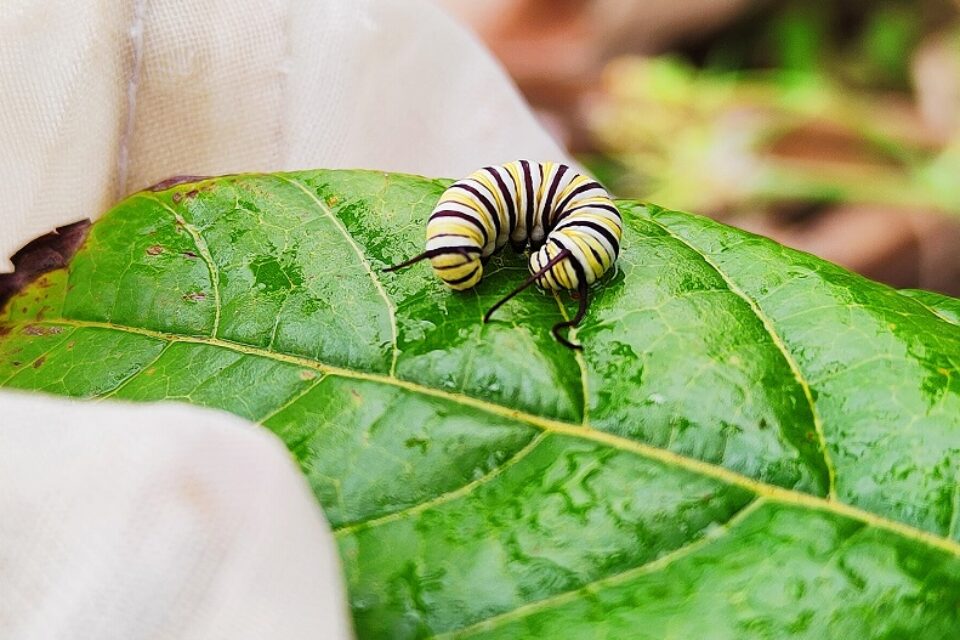
Restoring Floreana: Pre-eradication invertebrate surveys
